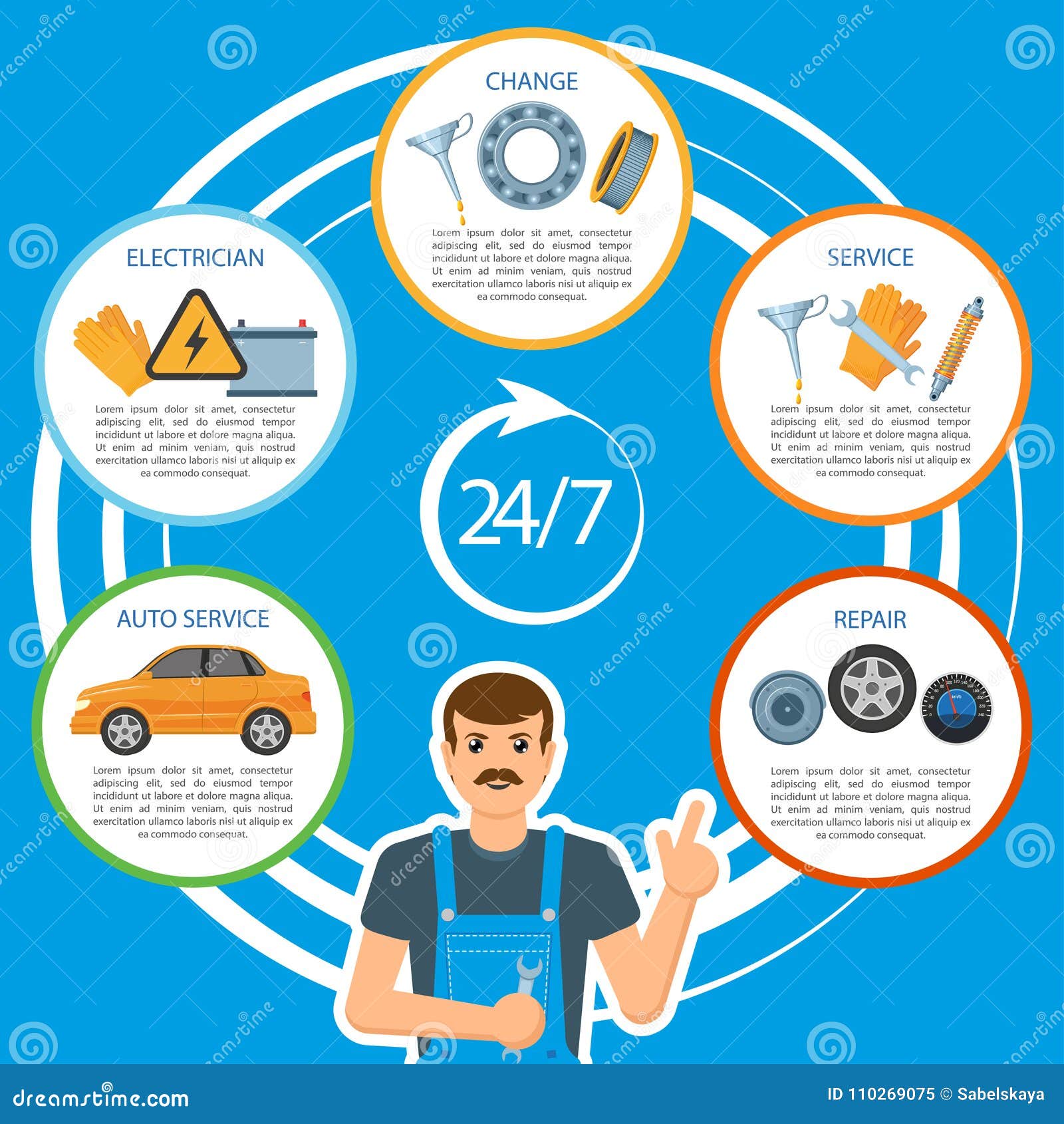When you're behind the wheel, those radiant caution lights on your dashboard can be a bit difficult. Do you recognize what they're attempting to inform you concerning your car's health and wellness? Comprehending the value of these lights is essential for your safety and security and the long life of your vehicle. So, the next time one of those lights pops up, would not you intend to decode its message precisely and take the needed steps to resolve it?
Common Warning Lights and Interpretations
Recognize usual warning lights in your auto and understand their significances to guarantee safe driving.
The most regular caution lights consist of the check engine light, which indicates problems with the engine or exhausts system. If this light begins, it's crucial to have your automobile inspected quickly.
Recommended Resource site cautioning light shows low oil pressure, needing immediate attention to avoid engine damage.
A flashing battery light might suggest a malfunctioning charging system, potentially leaving you stranded otherwise addressed.
The tire stress surveillance system (TPMS) light informs you to reduced tire stress, affecting lorry security and gas efficiency. Overlooking this might bring about harmful driving conditions.
The ABS light suggests an issue with the anti-lock braking system, endangering your ability to quit quickly in emergencies.
Finally, the coolant temperature advising light warns of engine getting too hot, which can lead to serious damages otherwise fixed promptly.
Understanding these usual warning lights will help you deal with concerns quickly and keep secure driving problems.
Value of Prompt Focus
Recognizing the usual warning lights in your auto is just the first step; the relevance of without delay resolving these cautions can't be stressed sufficient to ensure your safety and security when driving.
When cheap ac repair car brightens on your control panel, it's your vehicle's method of connecting a prospective issue that needs interest. Overlooking these cautions can cause a lot more extreme troubles in the future, endangering your safety and possibly costing you extra out of commission.
Trigger interest to cautioning lights can stop break downs and crashes. For instance, a blinking check engine light can indicate a misfire that, if left ignored, can cause damages to the catalytic converter. Resolving this without delay can conserve you from a costly fixing.
Likewise, a brake system warning light might signify reduced brake liquid or worn brake pads, essential elements for your safety when driving.
Do It Yourself Troubleshooting Tips
If you see a caution light on your dashboard, there are a few DIY repairing tips you can try prior to seeking expert assistance.
The very first step is to consult your cars and truck's manual to understand what the particular warning light suggests. Sometimes the issue can be as simple as a loosened gas cap triggering the check engine light. Tightening up the gas cap may settle the problem.
An additional common issue is a low battery, which can cause various warning lights. Examining the battery links for deterioration and guaranteeing they're safe and secure could deal with the issue.
If a caution light continues, you can attempt resetting it by detaching the cars and truck's battery for a few minutes and then reconnecting it. Additionally, inspecting your car's liquid degrees, such as oil, coolant, and brake fluid, can aid repair cautioning lights connected to these systems.
Verdict
Finally, recognizing your car's warning lights is vital for keeping your lorry running efficiently and securely. By without delay addressing these notifies and understanding what they indicate, you can prevent expensive fixings and potential breakdowns.
Keep in mind to consult your auto's guidebook for certain information on each advising light and do something about it as necessary to guarantee a hassle-free driving experience.
Remain informed, remain risk-free when driving!
